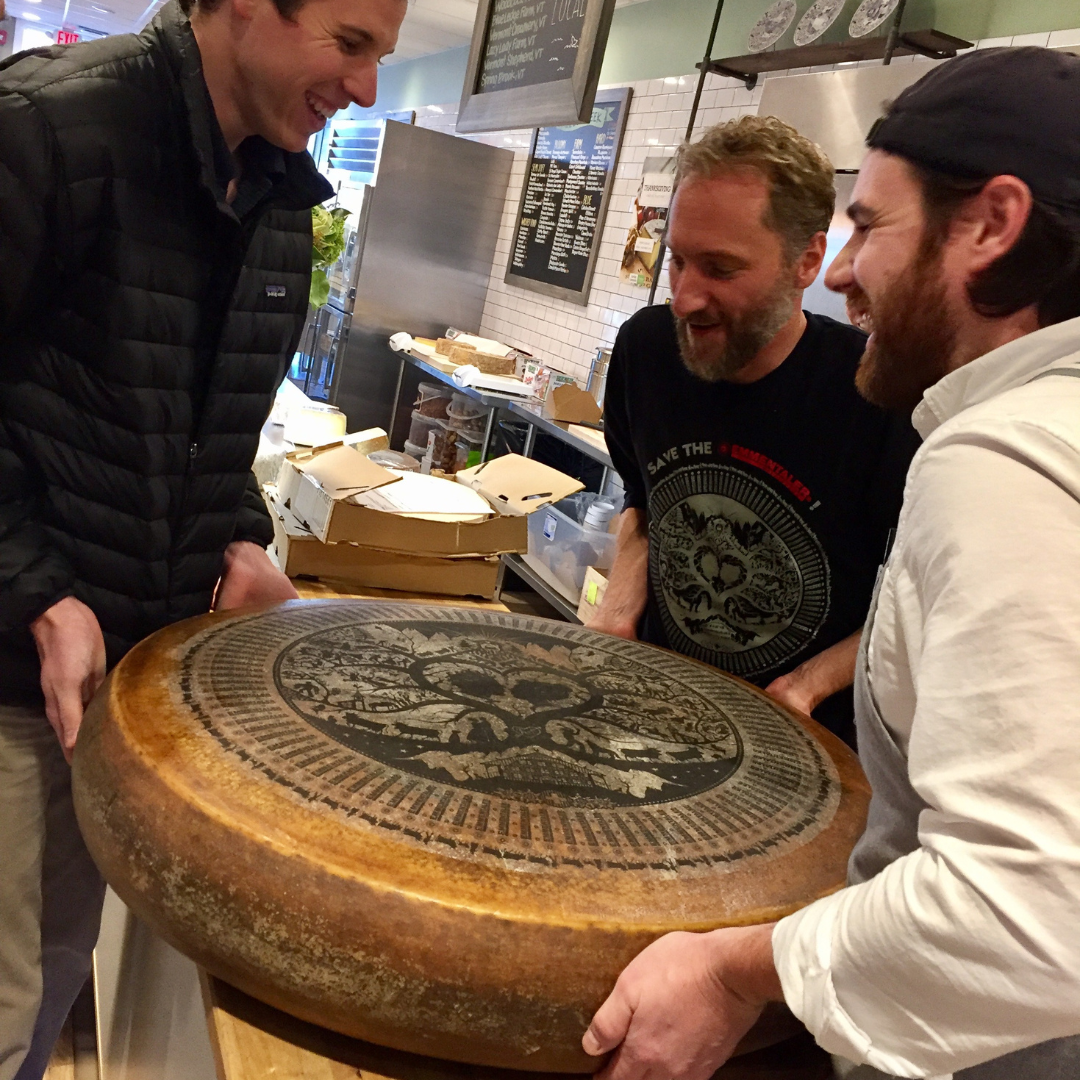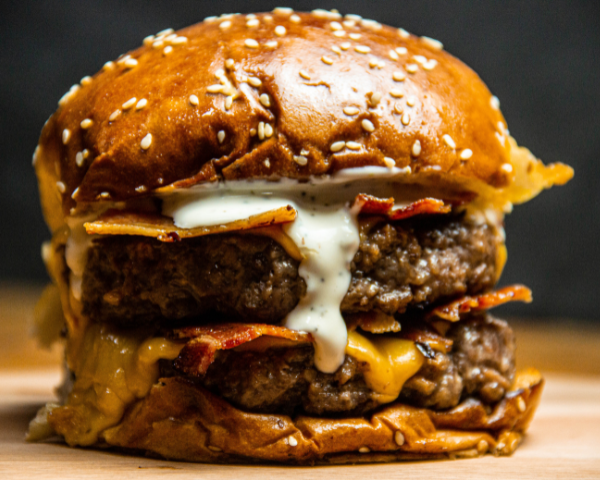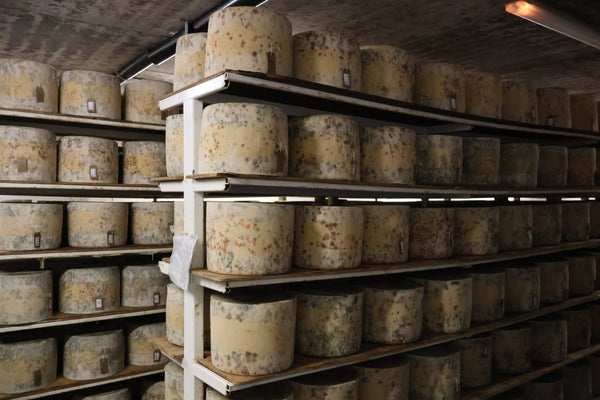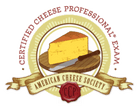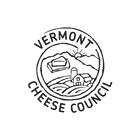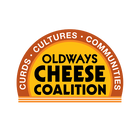Have you ever wondered what the difference is between Swiss Emmentaler and "Swiss cheese"? As the weather turns cooler this week, I thought I would take the opportunity to explain it. You see, Swiss cheese isn't one specific cheese. Not all cheese with holes is Swiss cheese, and not all Swiss cheese has holes. The original Swiss cheese is Emmentaler. Unfortunately for Swiss Emmentaler, it is the most copied cheese in the world, which has led to a lot of confusion. Large factory operations make Swiss-type cheese available cheaply. These cheeses are labeled by the generic "Swiss cheese" and are made from pasteurized cow's milk. This cheese is available sliced and shredded and in regular and low-fat varieties. It is the cheese on your deli sandwich. It is only aged about four months and generally has a much milder flavor than the real thing. It melts well and is widely used in sandwiches. You can tell the difference with one taste of real Emmentaler.
Real Swiss Emmentaler takes its name from the Emmental Valley, which originated in the thirteenth century. Emmentaler is Switzerland's oldest and most famous cheese. It is a pale yellow, made from part-skim, unpasteurized cow's milk, and has a mild, slightly nutty, buttery, fruity flavor. Emmentaler features the characteristic holes or "eyes" typical of Swiss cheese. The holes in Emmentaler form from gas bubbles released by the specific bacteria used in making the cheese. The holes range from small to large olive-size. It is made in 200-pound wheels and can be identified by its producer from the rind stamp.
Every October, we receive a whole wheel weighing in at 200 lbs. This Gotthelf Emmentaler is the most traditional Emmentaler cheese made and fits our mission to support traditional cheesemakers. To maintain the cheese's original character, Bernhard Meier, the cheesemaker, uses his own unique cultures taken from the whey from each previous batch. He only makes two wheels a day to ensure quality. The milk comes from cows at nearby mountain farms. It is hand-crafted traditionally, and Meier is the last producer to make Emmentaler the authentic way. Because of this, Slow Food awarded this cheese a Presidia given to foods, breeds of animals, and species of plants that are in danger of extinction to raise awareness and ensure its continued existence. We are doing our part by supporting this campaign to "Save the Emmentaler" and would love you all to help us by purchasing a hunk. Remember, if we don't choose to eat it we stand the chance of losing it forever.

